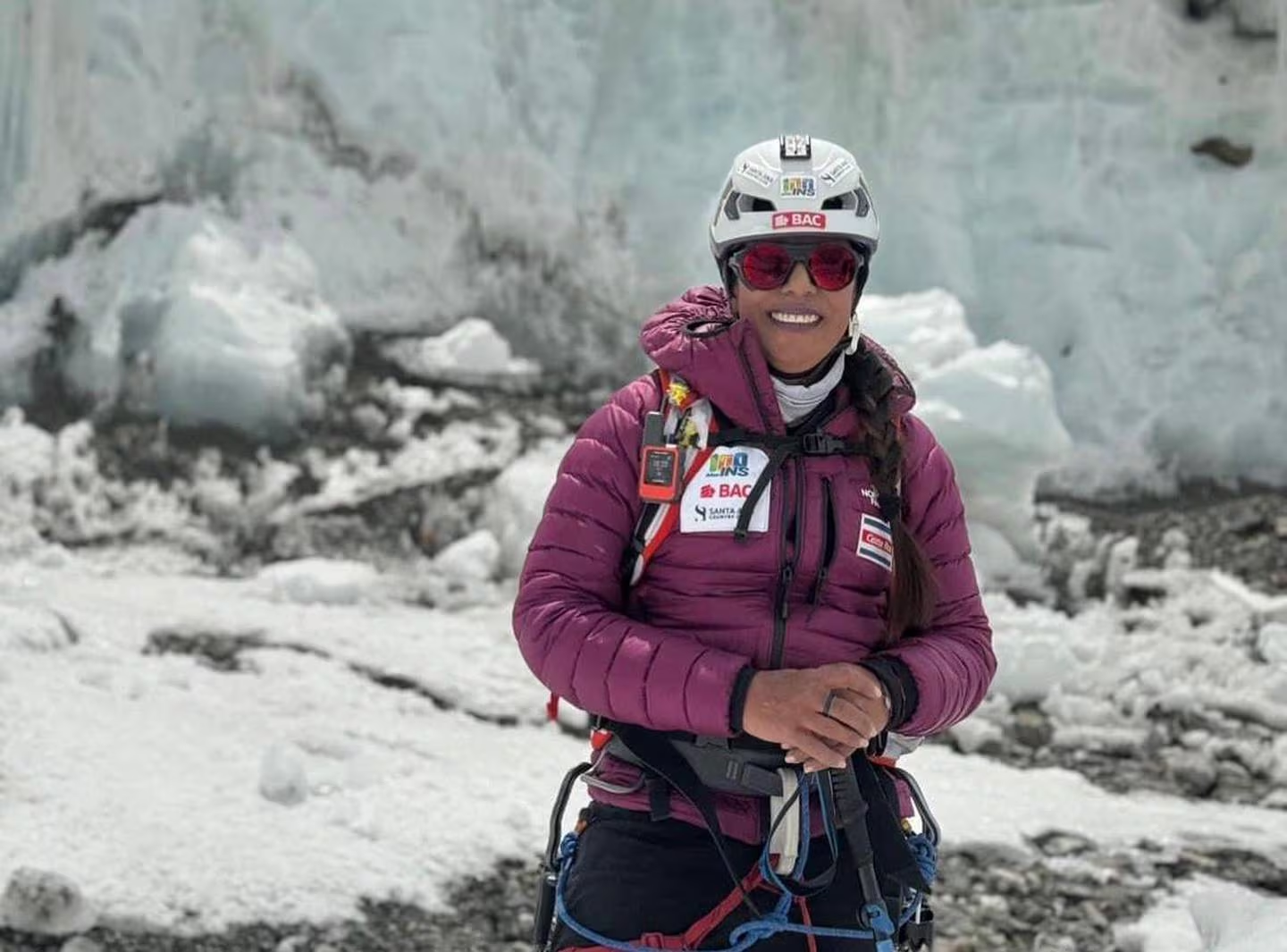In a feat that has placed her in the annals of Costa Rican history, Ligia Madrigal became the first woman from her country to reach the summit of Mount Everest. Her journey, particularly the final 800 meters of this epic climb, is a testament to human endurance and courage, pitting climbers against some of the harshest conditions imaginable. This stretch, known for its lethal challenges, stretches from Camp 4 at an altitude of 8,046 meters (26,401 feet) to the peak at 8,848 meters (29,029 feet), earning its reputation as the most dangerous segment of the climb.
The Perilous Path: Why Are These 800 Meters So Deadly?
The final ascent to the summit of Everest is notorious for a myriad of life-threatening conditions. Extreme cold, the thin air of high altitude, and the psychological effects of vertigo are just the beginning. Ligia, on a crisp Wednesday morning, braved these elements to hoist the Costa Rican flag on the highest point on Earth. But what makes these particular 800 meters so perilous?
- Extreme Altitude: The sheer height of this segment brings with it a significantly reduced level of oxygen. Climbers often rely on supplemental oxygen to mitigate the risks of altitude sickness, but even with this aid, the body is under tremendous stress.
- Harsh Environmental Conditions: Temperatures can plummet to deadly lows, with climbers facing the constant threat of frostbite and hypothermia. The wind can whip ferociously, pushing against every step forward.
- Psychological Challenges: The combination of isolation, the intense focus required, and the knowledge of the risks involved contributes to a psychological burden that is as significant as the physical strain.
Ligia’s Ascent: A Story of Bravery and Perseverance
Ligia’s journey was anything but straightforward. The climactic push to the summit is a grueling test of physical and mental strength. The infamous Hillary Step, a near-vertical rock face located at about 8,790 meters (28,839 feet), represents one of the most significant technical challenges on the route. Named after Sir Edmund Hillary, who was the first to successfully summit Everest with Tenzing Norgay in 1953, this section requires climbers to navigate a sheer 12-meter (39-foot) rock face using fixed ropes. The exposure here is immense, and a misstep can be fatal.
Warner Rojas, the first Costa Rican to ascend Everest, highlighted the arduous nature of this climb. “The high inclination, combined with the cold and the burden of carrying one’s gear, makes this last stretch incredibly challenging,” he remarked. Rojas emphasized the demanding nature of the Hillary Step and the precarious descent that follows the summit achievement. “Every step must be measured and careful,” he advised, “as the consequences of a fall are dire.”
The Turning Back: A Decision of Prudence
Despite her unparalleled determination, Ligia faced an agonizing decision on May 18, 2023. After reaching Camp 4, her Sherpa advised that due to the extreme conditions and for her safety, it would be wise to turn back. This decision, while heartbreaking, underscored the unpredictable and dangerous nature of high-altitude climbing, where the mountain always has the final say.
The Impact of Madrigal’s Climb
Ligia Madrigal’s attempt, and partial success, does more than just carve her name into the storied history of Everest climbers; it brings to light the extreme challenges faced by those who dare to conquer the Earth’s highest peaks. Her story is one of extraordinary bravery, a poignant reminder of the thin line between triumph and tragedy in the world of mountaineering.
Her journey also serves as an inspiration, not only to the people of Costa Rica but to aspiring climbers around the world, demonstrating the spirit of adventure and the relentless pursuit of human limits.
Ligia Madrigal’s endeavor on Mount Everest is a narrative of human resilience and ambition. While the summit eluded her this time, her courage to face Everest’s deadliest stretch and make a prudent retreat teaches a valuable lesson in humility and respect for nature’s power. It’s a compelling chapter in the ongoing saga of those who seek to stand where the earth touches the sky, reminding us all of the awe-inspiring blend of beauty and peril that defines the world’s highest peaks.

